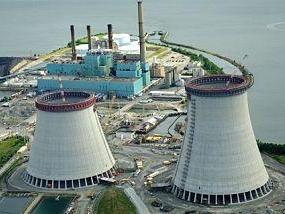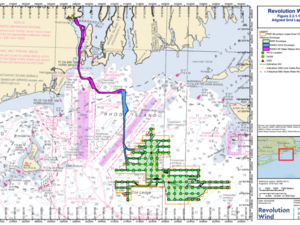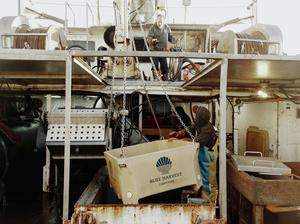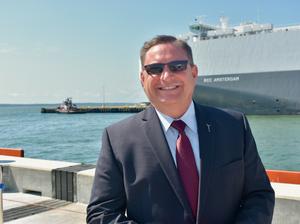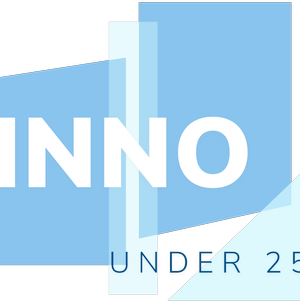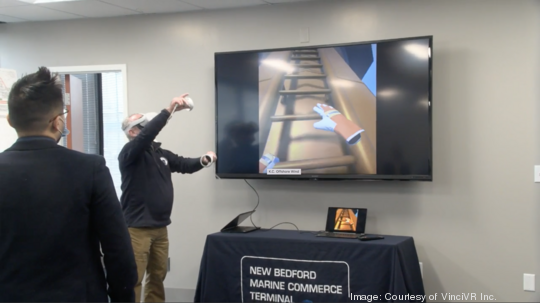
There’s no substitute for real-world experience in job training, says virtual reality startup founder Eagle Wu — but what if that experience is hugely costly and potentially dangerous?
Wu and his Boston-based company VinciVR set out to tackle this problem in the offshore wind industry through a new VR training program. Last week, Vinci certified 12 union workers from Rhode Island and Massachusetts in what it says is the first VR training program for wind energy workers.
“I understand that the best way to train someone to fix a turbine is to put them in an actual turbine and let them get hands on,” said Wu, Vinci’s founder and CEO. “But VR is a solution (that’s) pinpointing a resource constraint.”
The startup ran its training for the first time last week at the New Bedford Commerce Terminal after two years of studying offshore wind technology, developing the VR and completing an audit of its training through the Global Wind Organization, an international certification body whose training is required for wind energy workers.
The MillWrights, Iron Workers, Piledrivers and IBEW unions sent workers to New Bedford for the training. None of the workers had used VR before, Wu said, but within five minutes, most had gotten a handle on the technology.
“For these courses specifically, the VR replaced the practical elements, so a lot of the hands-on parts. There is (also) an academic portion where they’re teaching things like how to read an electrical diagram,” Wu said.
After popping on a headset, workers found themselves inside a nacelle, the box that sits atop a wind turbine to hold the components that turn the wind energy into electricity. They then could go around to parts of the nacelle and check that things are properly installed.
The workers also practiced directing crane lifts of turbine blades by holding a VR controller and making the industry-approved hand gestures.
Wu said the workers will move on to jobs installing turbines and within operations and maintenance. They will then complete on-the-job-training for their specific role.
For states like Massachusetts and Rhode Island who don’t have a training facility for offshore wind workers, VR training is a cheaper alternative than flying workers to a facility, buying a crane just for training or shutting down a turbine to use for practice. VR also allows workers to train with dangerous components such as high-voltage cables, which Siemens does not use for real-world training.
“The way I see it, VR is a good supplement. Teach people who are very new. Make the mistakes in VR so that when you go out to the real turbine and continue their more advanced training, they’re less likely to hurt themselves,” Wu said.
Want more innovation news? Sign up for The Beat, Rhode Island Inno’s free weekly innovation newsletter. See past examples here.
Vinci was founded in 2017. The company started out by building VR programs for the U.S. Army and Air Force to train aircraft technicians. While Vinci recently won a contract with the U.S. Air Force’s special operations team to build combat training programs, the company is transitioning into serving the private sector, Wu said.
“I felt like I was spending more time dealing with the bureaucracy of government than actually building a product,” Wu said. “So, at that point, I was like, maybe I should look into different things to go into a space where I could move faster.”
He went to an offshore wind event, where he met some people from Siemens Gamesa Renewable Energy (SGRE), an international company that manufactures wind turbines and provides onshore and offshore wind services. Vinci later partnered with Siemens to create this training program.
Wu started looking into VR training for the offshore wind industry. When the Biden administration took office and put a bigger focus on offshore wind, the industry, and Vinci’s product, started to take off.
Vinci has received around $1 million in grants from the Massachusetts Clean Energy Center and the Department of Energy to build this technology, according to Wu.
The company is now working with Siemens to expand its VR training to the company’s global team, Wu said. To keep up with the demand, Vinci plans to grow its team from 12 to 20 employees this year.
